Instant pot owners seem to hail from two tribes — the ones who love their instant pot, and those who are somewhat intimidated by it. Suburban legends of exploding pressure cookers from back in the day might be enough to make a cowboy quiver; but we’re going to wrangle that fear right now.
Truly a blessing for those who want healthy home-cooking without the extra time commitment, an instant pot can enrich, and simplify your life at the same time. Let’s look at how, especially for vegetarians, the instant pot is a game changer.
Safety first
One reason instant pots have become so popular is that they have minimized the danger of cooking under pressure. These electric appliances have several safety features; and, when you follow the directions in your instruction booklet, you have a much smaller chance of getting burned by your instant pot than by your conventional cooking apparatus.
Valves and vents
The instant pot has a steam vent and a floating valve that you need to understand. The steam vent is closed during pressure cooking, and the floating valve will pop up when the pot has reached pressure. The lid will lock when the valve is up. This is a safety feature to keep you from getting burned by steam.
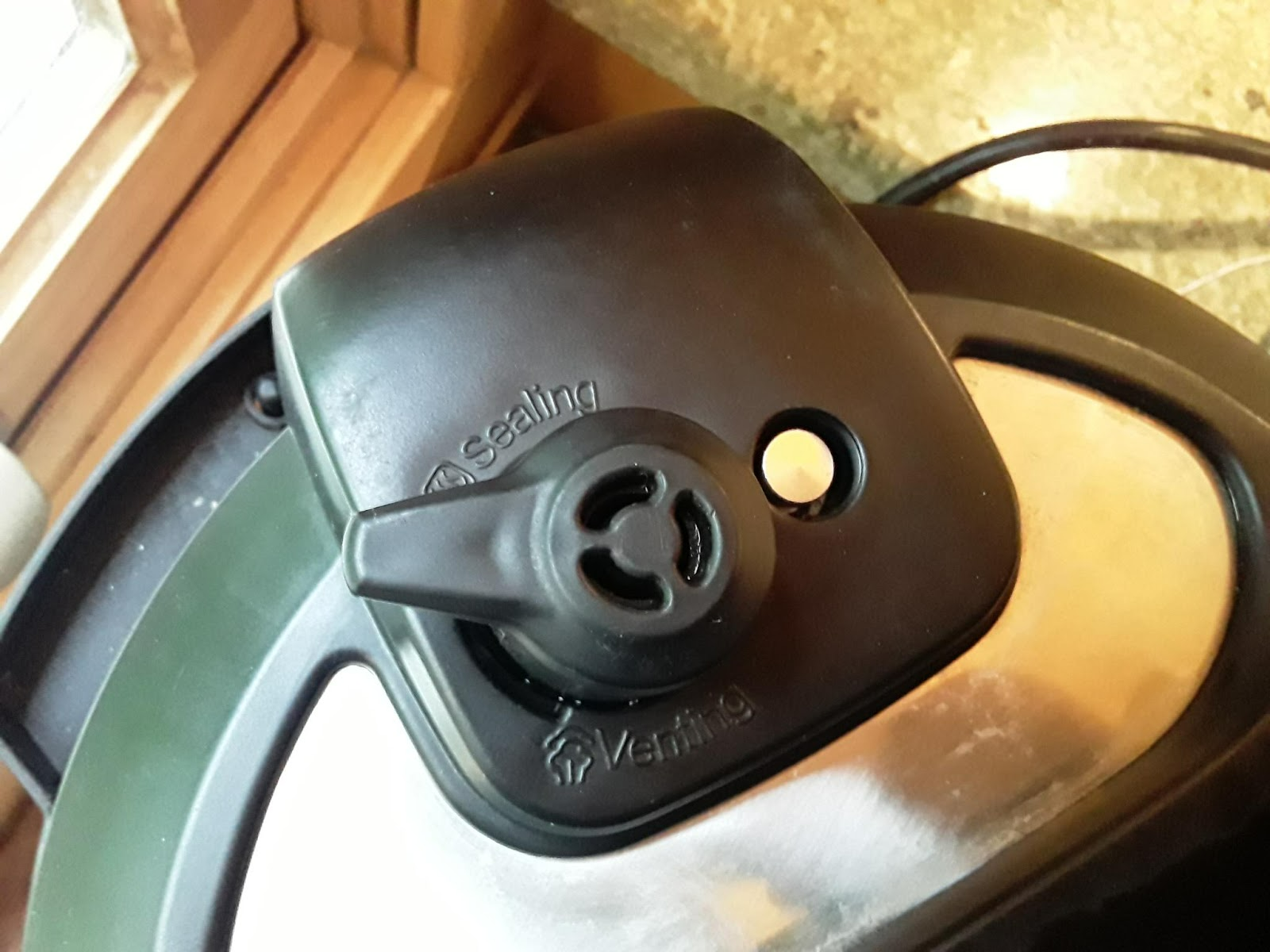
If you want to open the pot when the valve is up, you need to carefully release the steam by turning the vent from “sealing” to “venting” (DON’T put your face or hand directly over the vent!) Normally, you let the valve go down on its own; but if you need to release steam while it’s still hot, protect your hands with an oven mitt, or cover the whole pot with a towel to disperse the steam. Once the steam is released, the valve will drop and unlock the lid.
Max fill
Success
You are now signed up for our newsletter
Success
Check your email to complete sign up
Your instant pot also has a max-fill line. This is an absolute maximum, and it is advisable to stay well under the line when cooking expanding substances like grains, pastas and legumes. They can fill the entire pot if it is loaded to the max, making for a hot and messy presentation when you open the lid.

Use enough liquid
Since steam is the chief workhorse when cooking under pressure, you need to give the instant pot enough liquid to make it — at least one cup of water (or other fluid).
Don’t rely on gravy or sauce, as the liquid is already partially absorbed in them, and they are likely to burn during the cooking process. Instead, you can turn your liquid into sauce after the pressure cooking is finished by adding seasonings and a thickener (flour, tapioca, or cream) and then cooking briefly on the saute setting.
No deep-frying!
Although the instant pot can do many, many things — it should never be used for pressure frying.
Accessories
There are dozens of accessories available for your instant pot, but only a few that I think are a must; and I have yet to use the plastic spoon provided with the appliance.
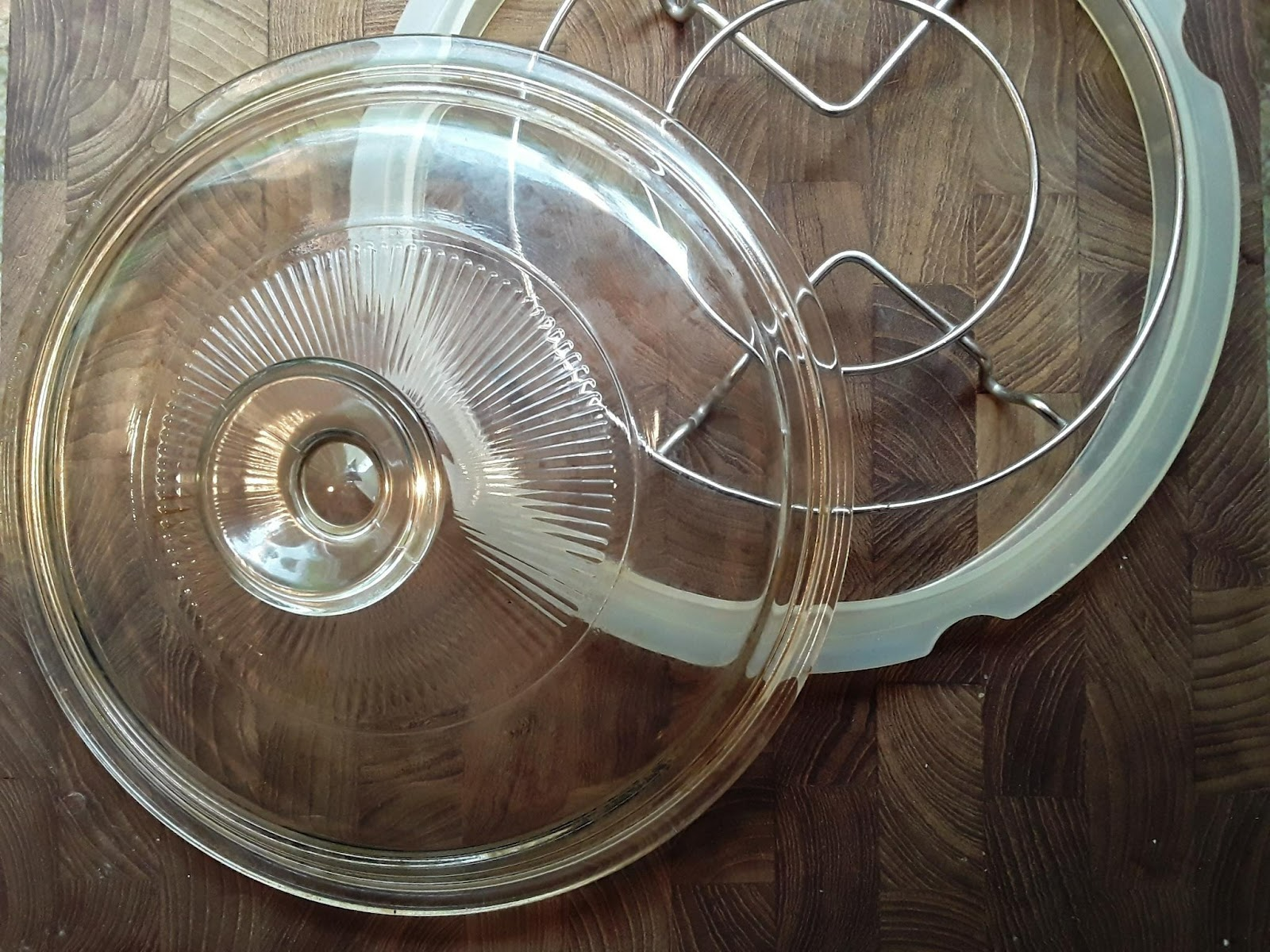
- A glass lid — gives you the option not to pressure cook and the ability to monitor what’s going on in there.
- The steamer basket — ideal for vegetables, hard-boiled eggs, steamed dumplings, home-made seitan, etc.
- Silicone mitts — prevent hot steam from burning your hands while handling the cooking pot better than cotton mitts. (I have actually survived this long without them, but they are on my wish list.)
- Extra silicone ring — because they absorb aromas, you may like to keep one ring for spicy cooking, and another for mild-mannered meals. These also wear out over time. It is a good idea to replace them every 18 months or so.
Be sure to order the correct size accessories for your instant pot; and now we can move on to why and how to build a good relationship with your instant pot.
Instant pots are quick cookers
It’s no secret that pressure cuts down on cooking time — by a lot! Why? First, under pressure, the hot air that would normally escape is trapped. Second, the pressure enables water to reach temperatures above its normal limit (the boiling point). Combined, these two factors make for a steady, intense, steamy heat that works quickly without drying.
While speed isn’t always a concern, in some cases it really saves the day. Forgot to soak your beans? Instant pot to the rescue! Didn’t take your fish out of the freezer to defrost? Instant pot to the rescue! Need to make a pie from fresh pumpkin? Instant pot to the rescue!
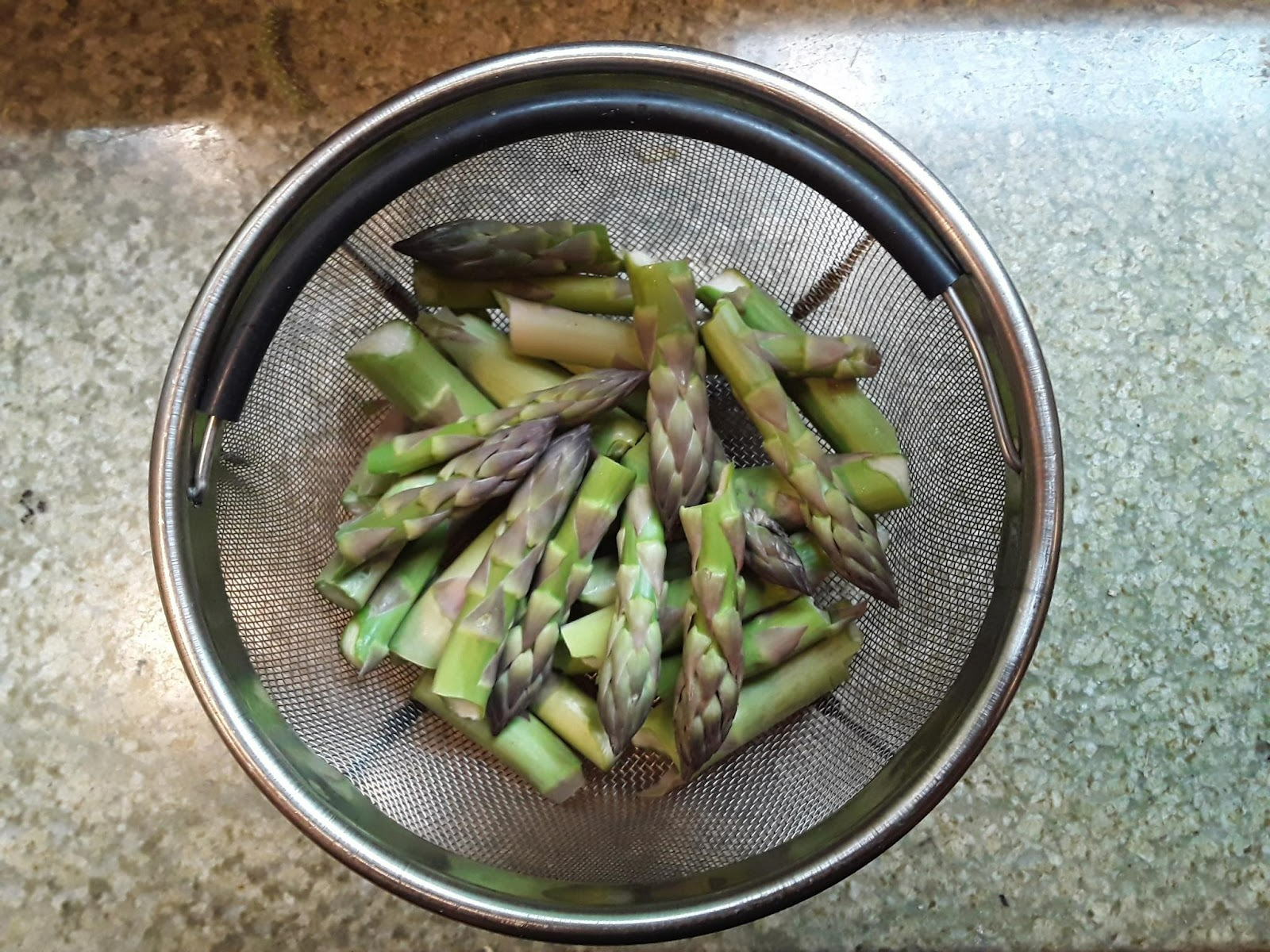
Convenience
An instant pot is much more than a glorified pressure cooker. It does so many things perfectly that, as a busy mom, I find it simply indispensable — mostly because it works with you and is forgiving of distractions and interruptions. The timer will execute your plans in your absence, the warmer will keep your food ready and waiting, and the various functions accommodate a wide range of cooking methods — all in one pot.
For instance, say you want to have soup for dinner, but you need to be somewhere during prep time. You can do your prepwork before you leave, let the instant pot do its work, and the soup will be kept warm, waiting for you.
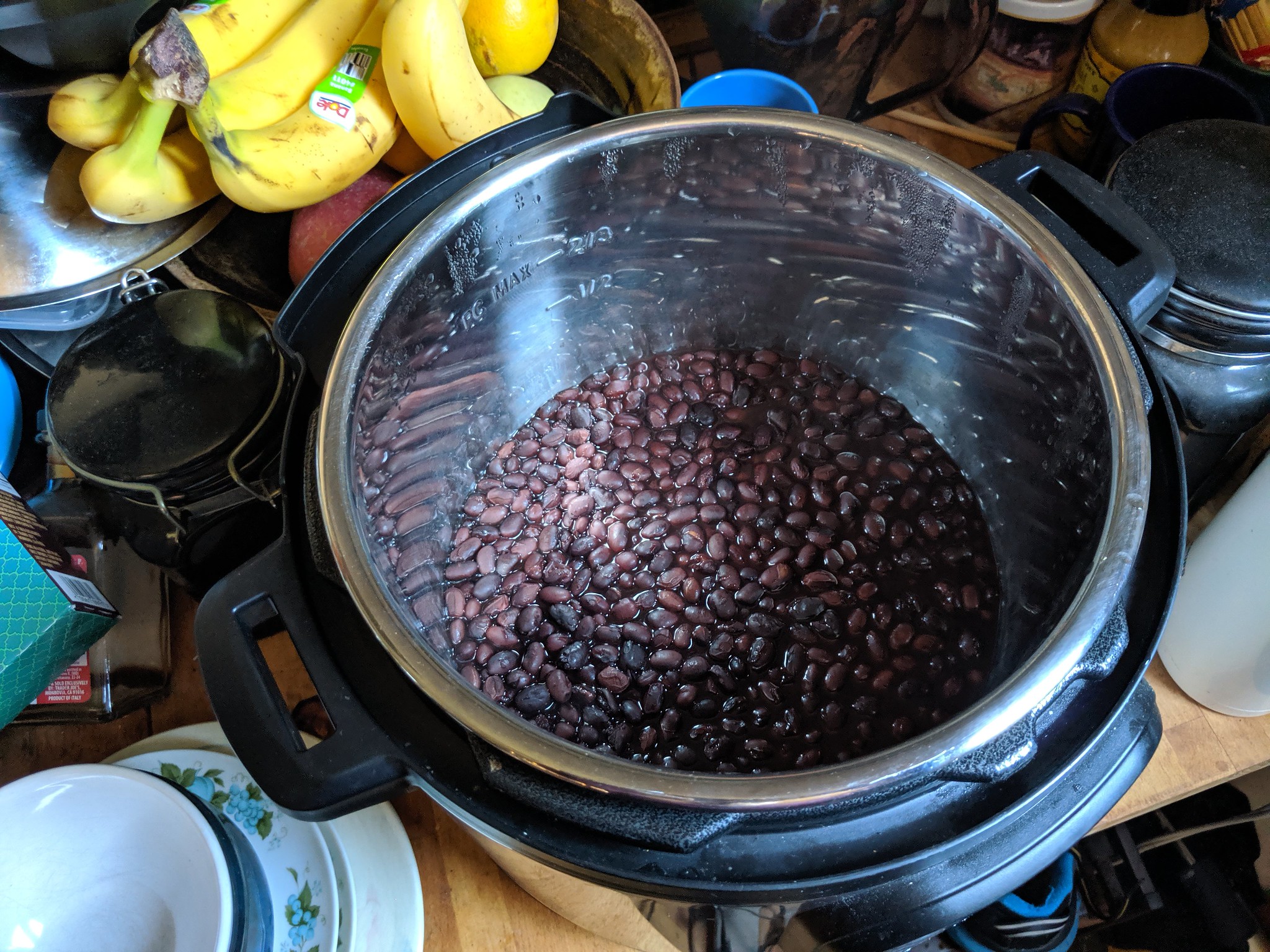
In my case, I might start with sauteed onions (using the saute function); then I’d add beans or lentils with some broth, and set the timer (using the bean function) to have them cooked shortly before I would be home. When I got home, the base would be cooked, and still hot — ready to receive vegetables and seasonings. This I would cook (using the soup function) with a glass lid rather than the pressure lid, to enable monitoring and stirring. Soup is ready in no time, no mushy vegetables, no hassle.
Meat cookers need to be careful about the “danger zone” — a space of time and temperature that, combined, enable dangerous bacteria to grow. This is why it is always recommended to thaw defrost meat in the refrigerator for several hours before cooking. The instant pot is great in this regard, because it can transform frozen flesh to cooked in a short amount of time, eliminating the danger of harmful bacteria.
A wholesome, nutritious breakfast is a great way to start each day, and steel-cut oats are an ideal choice — except they take a long time to cook. While I still like to soak my oats overnight (because it breaks down the starches and improves digestibility), I soak them in a pyrex bowl in the instant pot. I set the timer to cook them early in the morning (using the porridge setting) with a cup of water in the cooking pot. They turn out perfect without any stirring, burning, boiling over, or other frustrations.
Ease
Instant pot’s various functions make traditionally tricky things super simple!
Yogurt

I like making my own yogurt for many reasons — you can use your choice of milk (dairy or plant-based), it saves some money and also reduces waste; but whether the yogurt would turn out just right was always a question.
The hardest thing about making yogurt is keeping it a steady 110 degrees for an extended period of time. I’ve tried “yogurt makers,” and stuffing the cultured concoction in a styrofoam carton for insulation, but nothing works as well as the instant pot. Start with good-quality milk and naturally-cultured yogurt and you can’t go wrong.
In my opinion, you can skip the boiling-milk step for yogurt — milk is already pasteurized when you get it. If you boil it, then you have to let it cool down to add the culture, which seems like a colossal waste of time.
Take this extra precaution if you feel it is necessary (especially if you have a teenager who drinks directly from the carton), but I just mix a tablespoonful of cultured yogurt with cold milk in a clean container and cover it. Add a splash of water to the bottom of the instant pot for more even heat distribution, and time it for 5.5 hours (regular yogurt function) for a thick, tart yogurt. Reduce or extend the time depending on your taste.
Hard boiled eggs
It doesn’t seem like it should be hard to boil an egg; but by golly, even this simple task can go awry. Over-boiling causes the yolks to turn green and taste of sulfur, and undercooking is a messy affair if you were hoping for egg salad… Yet the instant pot has a clever egg function that times the cooking and “Beep Beep Beep,” lets you know when your eggs are done!
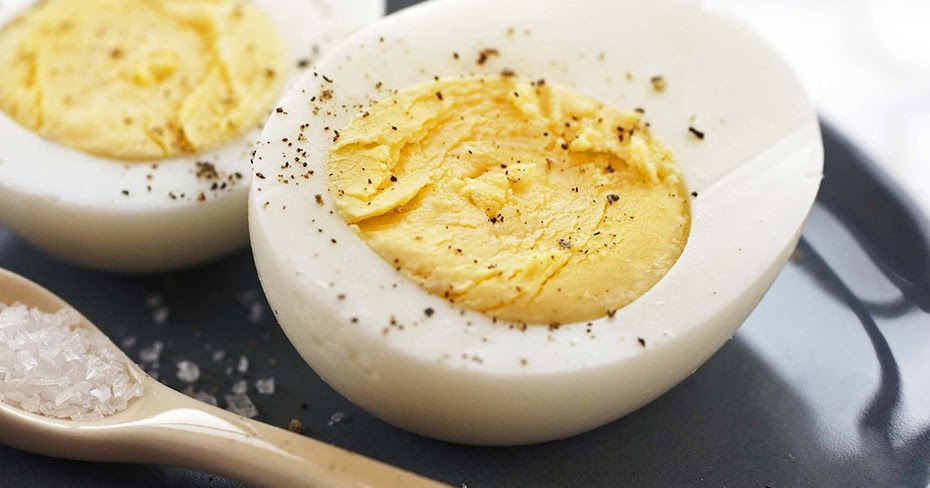
Add a cup of water to the pot for steaming, put your eggs in the steaming basket (or place them on the wire rack that came with your pot), and cook between 3 minutes (for very small eggs) and 5 minutes (for large eggs). After the pot beeps done, leave them another five minutes on “keep warm” and they will be done to perfection. Drop them in cold water for a few more minutes, and they will be easy to peel and ready to enjoy!
Melting chocolate
One welcome surprise I’ve discovered with the instant pot is that it can replace a double boiler for melting chocolate. Place the solid chocolate in a glass bowl in a dry instant pot. The “keep warm” function with the glass lid will heat the chocolate slowly and you can watch its progress. The “saute” function will heat it faster and hotter. I haven’t burned it yet, but you’ll want to keep an eye on it and stir it in this case.

This also works if you have an occasion for melting beeswax. I have a stainless steel cup designated for beeswax, since it is very sticky and difficult to remove from surfaces. You might also want to line your instant pot with foil to keep dripping wax from direct contact with the heat source.
Sterilizing jelly jars
If you like to make your own preserves, you know it’s a bit of a pain to sterilize the jars — lots of hot water and careful timing involved.
With the instant pot, you only need enough water to create steam (1 cup for 3-liter, 2 cups for 6-liter, and 3 cups for 8-liter pots). The wire rack that came with your pot will come in handy now. Set the clean jars upside down on the rack. The lids can go in as well, but they should not be on the jars during sterilization.
The most modern instant pots now have a “sterilize” function, but you can also accomplish this task with the “steam” or “pressure cook” functions. Choose one, select “high pressure” and set the time for 15 minutes. Leave the jars in for an additional five minutes before you release the pressure, and fill them directly, while still hot, with hot preserves.
You can also make your jam in an instant pot; but, unless you have two instant pots, you can’t do it simultaneously.
Clean cooking
Because the instant pot is contained, and largely self-monitoring, it will save you the troublesome cleanup of boiled-over beans, charred bottoms, and an excess of pots and pans. That alone was enough to make me want to hug it!
After you get the basics down, you can start experimenting with more advanced concepts like layering ingredients for optimum results, the pot-in-pot-method for cooking multiple dishes at once, and intermittent pressure release for perfect pasta.
Given a chance, the instant pot will — sooner or later — earn a lofty status in your kitchen and a warm place in your heart.







